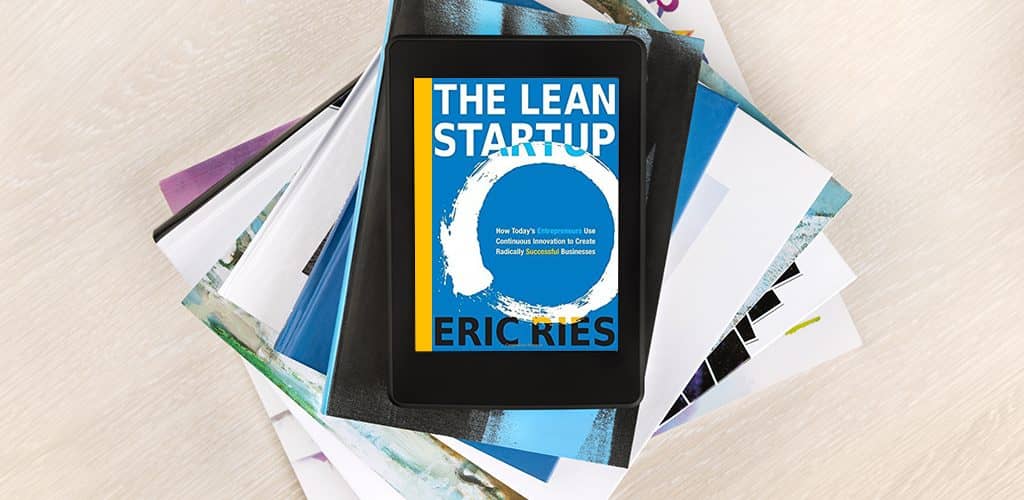The Lean Startup is a masterpiece by Eric Ries which is basically based on a method to develop and manage startups. It is a New York Bestseller with millions of copies sold worldwide. It has also been a source of inspiration and guidance for a number of startups all over the globe and has even been adopted by the government in countries for innovation and to pronounced results.
Mr. Ries states that the standard business practices are not the best way to go in the everchanging world that we are living in today, the companies need to make swift decisions to get ahead of the competition. He also emphasizes that one of the big hurdles may be the fact that the entrepreneurs might have misunderstood the problem itself. This book is a try to make entrepreneurs think realistically and, in a manner, proven to have worked by the author. This book provides guidelines not just for the for-profit companies but also for NGOs, and governments. It in short is about developing new products or services successfully under conditions of great uncertainty, reducing wastage, and building an adaptive organization. After the general introduction and expounding upon the books use and nature, it has been divided into 3 parts sequentially.

The first part is that about how to “Start”. The author is of the opinion that the correct approach as important as a unique idea. He promotes the idea of creating a Minimum Viability Product for the speedy launch, even if small to get the customer reviews, learning from it and making subsequent continuous adjustments. The key is to determine which efforts are value-creating, which ones are wasteful, then systematically eliminate the wasteful ones. He emphasises on a method he calls, “Innovation Accounting” to ascertain if the product can generate results and would people pay to have it. This is in stark contrast of the typical “launch and we’ll see” approach where the outcome is let to luck more than anything else.

As we move forward, the second step is that of “Building”. Eric Ries emphasizes on the importance of getting customers to interact with products as quickly as possible as it is the results of this experimentation that can determine the further launching or scrapping of the product. The Build-Measure-Learn feedback loop is the one thing that can help entrepreneurs create a product that the customers actually want. This learning mechanism can help the company figure if the hypothesis that they were even right in the first place and what changes can they make before trying to create the better versions of the products, hence saving a lot of cost and efforts in the wrong direction. Also, what has been made clear is that clear hypothesis are what a company requires because without it, it can just steer in any direction. Sometimes people just overlook it to avoid defining failure.

The third step as per the book is that of, “Accelerating”. According to Ries, companies shouldn’t over invest in giant feature releases. They should release less and more often, and they’d learn faster. There’s another benefit to small batches — we’d be able to figure out problems much earlier. He also puts forward some important points for the sustainable and swift growth of start-ups-
- Word of Mouth- Growth when existing customers spread a positive word
- As a aside effect of product usage- Through social media or in person interaction with the product
- Through Funded advertising- Using social media marketing or traditional sources of advertisement
- Through Repeat purchases- Customers who use the products once are more likely to try again
These three steps paired up with the Build-Measure-Learn loop can help take businesses in the right direction. Also, last but not least as the writer, Eric Ries says himself, “This is one of the most important lessons of the scientific method: if you cannot fail, you cannot learn.” So keep trying and keep failing.
Written by- Anubhav Chaurasia




